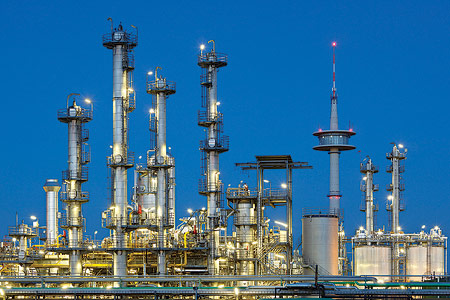
SCHEDULE :9-11 Maret 2015
VENUE : Golden Flower Hotel, Bandung
DURATION: 3 Days
DESCRIPTION
Preventing the unintentional ignition of explosive atmospheres is a critical safety and economic aspect of all petroleum and chemical plant operations.
In this programme you will learn how to:
- Identify and quantify the hazardous areas
- Select appropriate electrical equipment and instruments for those areas
- Recognise the different methods of protection eg Ex d or Ex ia and how they work
- Install, inspect and maintain the certified equipment
OBJECTIVES
Participants attending the programme will:
- Provide a clearn understanding of hazardous area current custom and practice with particular respect to the following:
- Defining the hazard, classifying hazard materials, understanding the nature of the risk and the necessity to eliminate sources of ignition
- The relationship between area classification and the various different types of Ex apparatus
- The relationship between electrical equipment and gas groups and temperature classes
- The installation and maintenance of the different types of equipment i.e. flameproof, increased safety, intrinsic safety etc
- The need for, and typical approach to, electrical equipment inspection
- The documentation of the hazardous area
This programme is intended to give:
- An in depth understanding of hazardous areas from the initial nature of the problem
- Some case studies of industrial accidents, through the identification and classification of the hazard, selection and use of protected equipment
- The administration of hazardous areas in terms of record keeping and certificates
COURSE CONTENT
- Introduction and History
- A brief history of Industrial fires and explosions Materials
- Understanding the important characteristics of hazard materials and how they behave when they are ignited. Looking at the data tables and seeing how, Flash point, boiling point, L.E.L. etc. influence our approach to the materials
- Area Classification
- A look at the techniques and the procedures that result in the formal allocations of zones zero, one and two
- Sources of Hazard, duration of release, extent of zones, calculations, nature of hazard and release characteristics
- Area Classification Exercise
- Apparatus Groups and Temperature Classes
- Source of Ignition
- Methods of Protection
- Considering the recognised methods of protection. The fundamental concept in each case and the zones in which they may be employed
- Arc, Flash, Blast
- Ex d Flameproof, Ex i Intrinsic Safety, Ex e Increased Safety, Ex p Pressurised, Ex N Type N, Ex m, Ex o, Ex q, Ex s
- Class for several Locations (Transformer and Capacitors, Meters, Instruments and Relays, Wiring Method, Switches, Circuit Breaker, Motor Controllers and Fuses, Motors and Generators, Utilization Equipment, Surge Protections, Grounding)
- Meter Maintenance
- What the Law has to say, standards, certificates, codes, European directives, the HSE and how it all ties together
- Considering the records that should be kept by a company in order to manage a hazardous area installation
INSTRUKTUR
Dr. Waluyo, MT & Team / Miftakhul Hudha, S.T, M.Eng & Team





